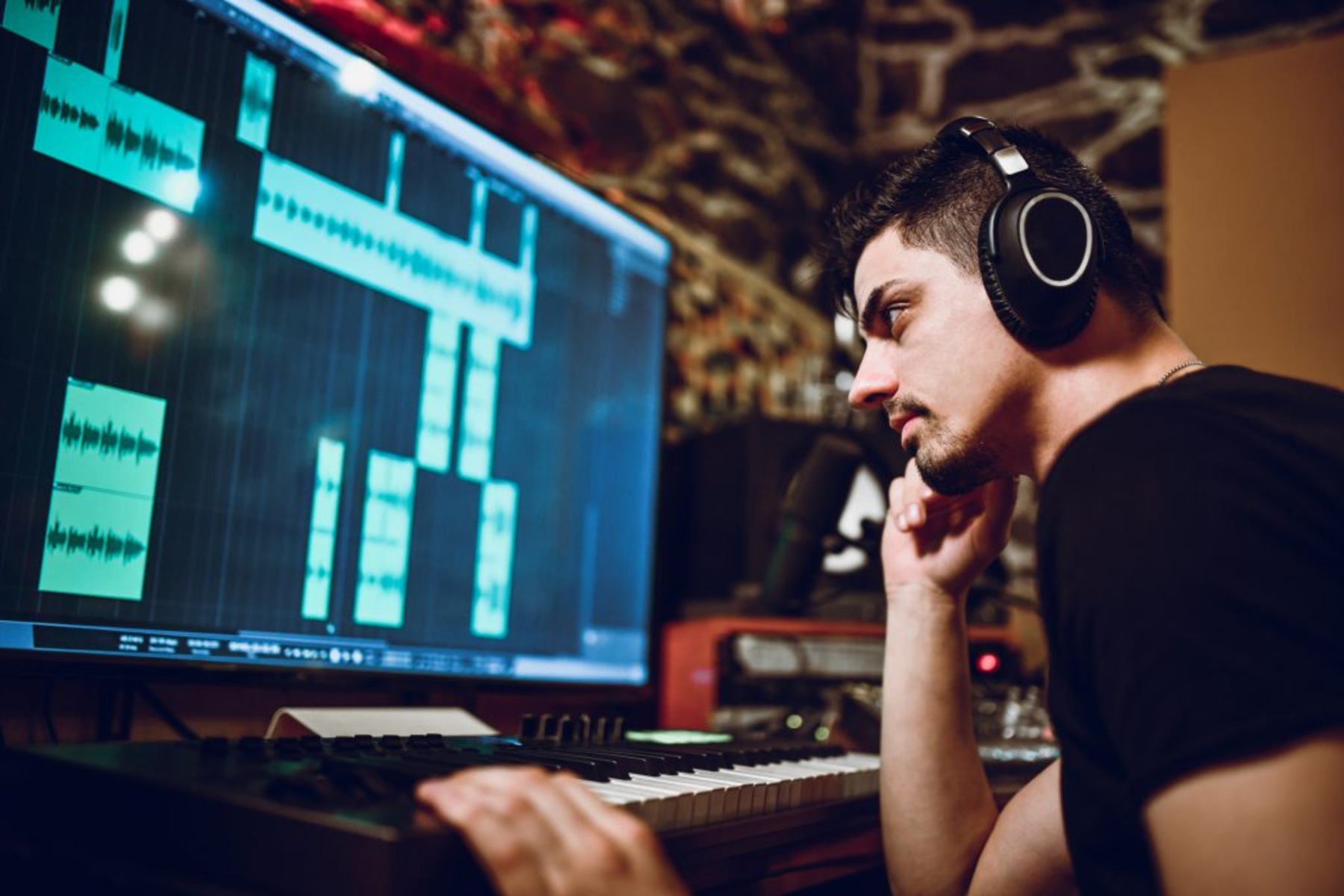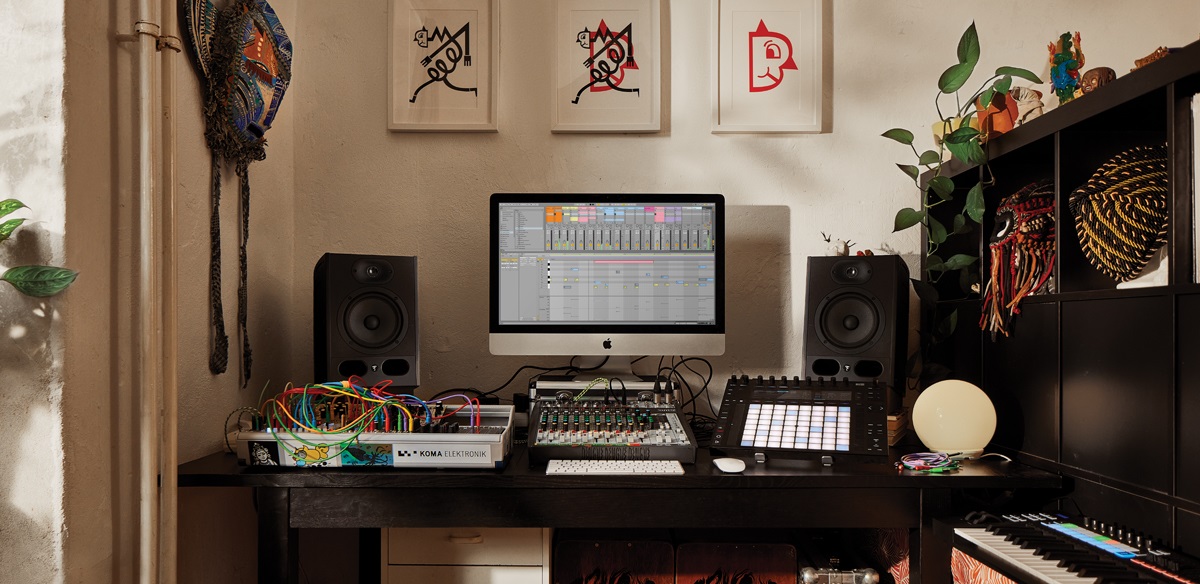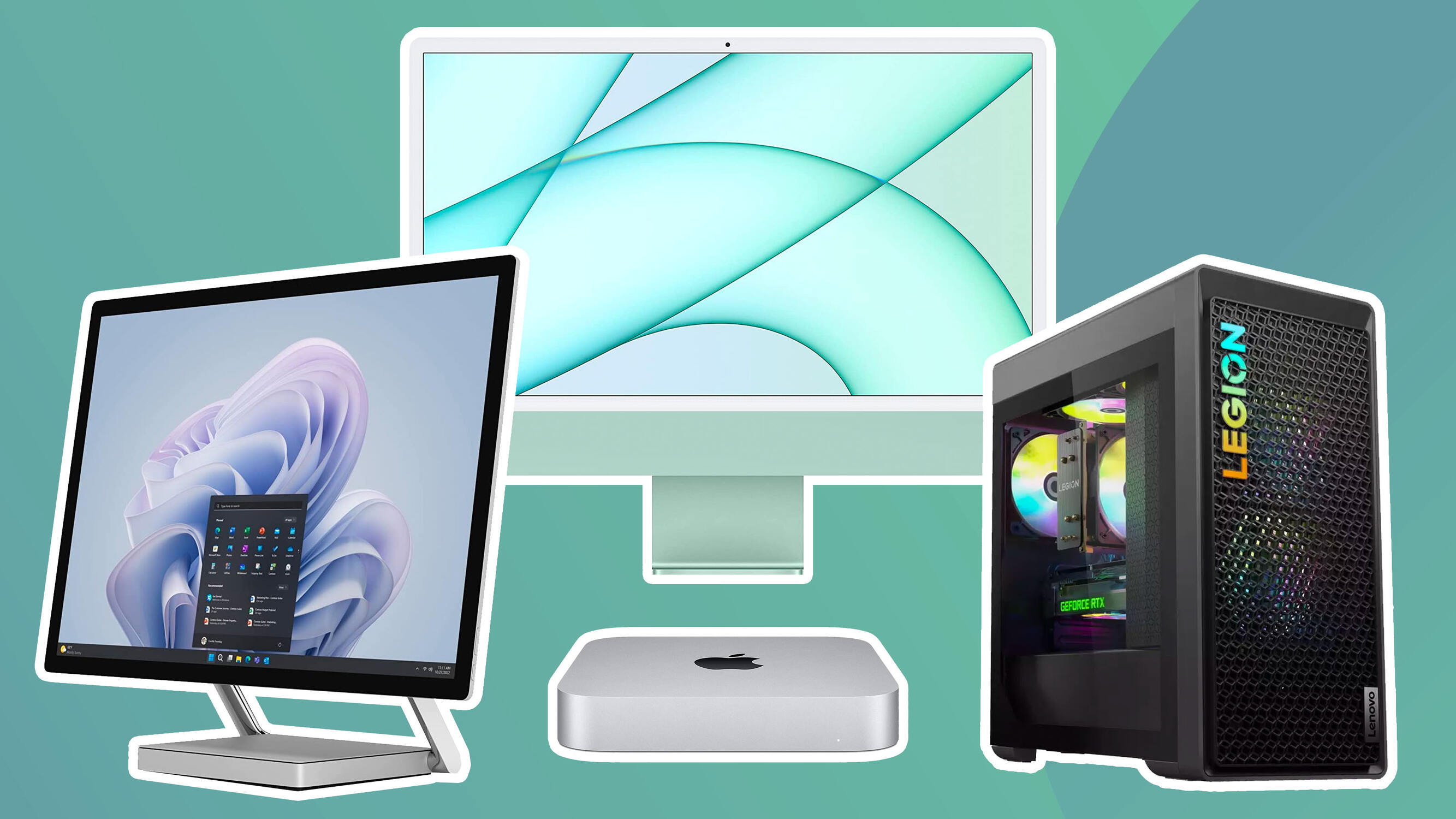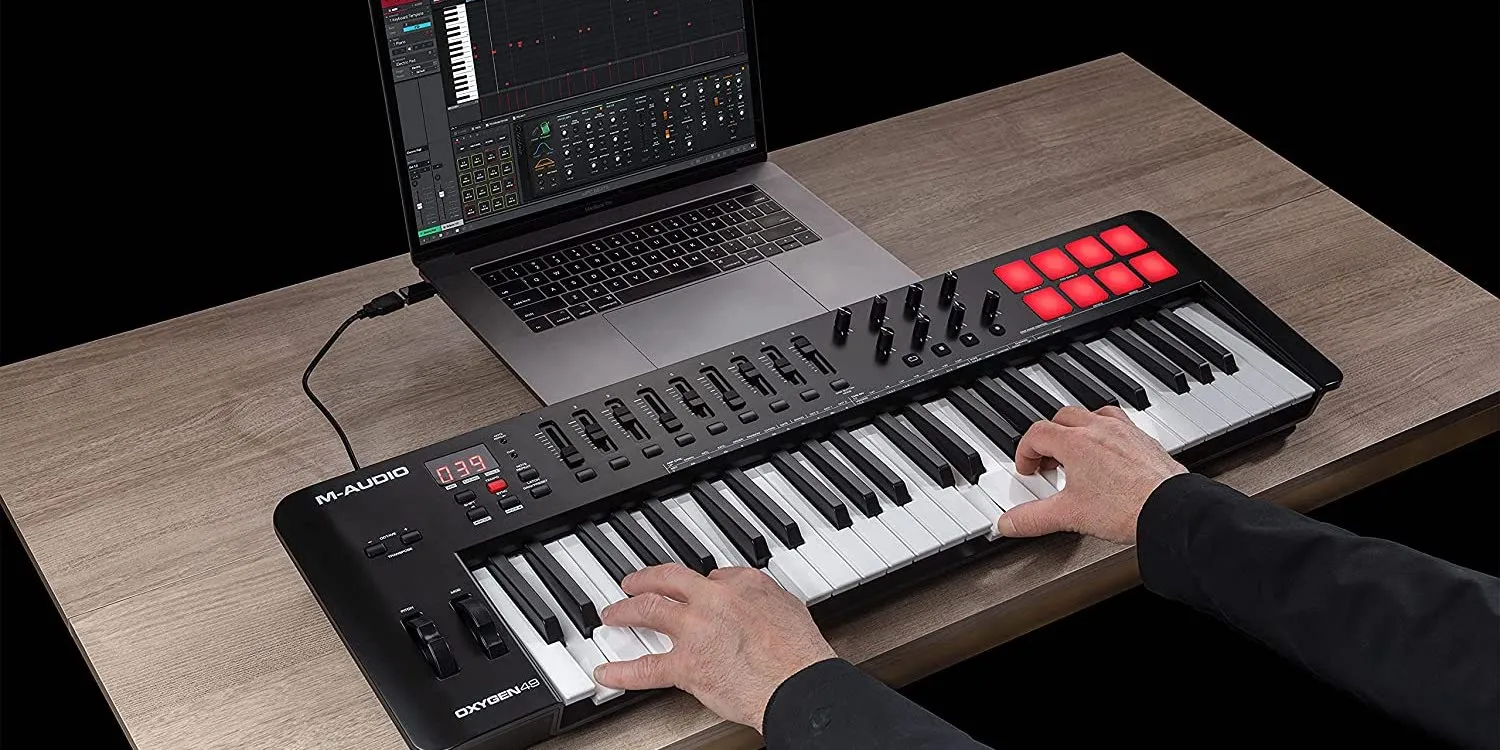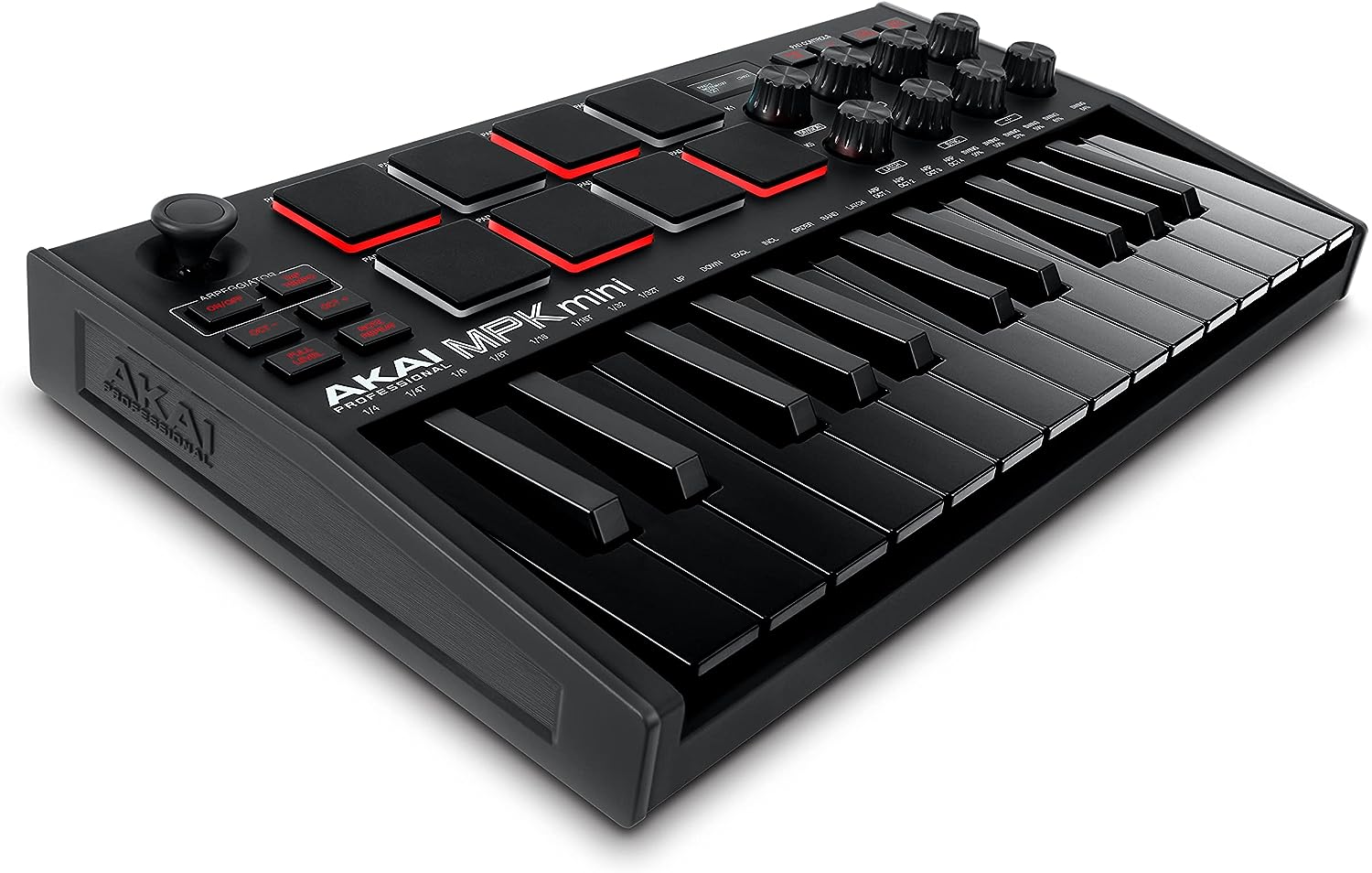Introduction
Welcome to the world of digital audio workstations (DAWs)! If you have a passion for music production, sound engineering, or podcasting, you’ve likely come across this powerful tool in your creative journey. In this article, we’ll explore the fascinating world of digital audio workstations, their history, components, software and hardware options, as well as their benefits and common uses.
A digital audio workstation, often abbreviated as DAW, is a comprehensive software application or a hardware device that allows you to record, edit, mix, and manipulate audio in a digital format. It provides you with a virtual studio environment, enabling you to create, arrange, and produce music or any other form of audio content with ease.
While traditional recording studios used analog equipment and physical recording media, digital audio workstations revolutionized the audio industry by offering a more accessible and versatile approach to audio production. With the rise of computer technology and the advancements in audio processing capabilities, the availability and affordability of DAWs have become widespread, empowering aspiring musicians and audio enthusiasts to create professional-quality soundscapes from the comfort of their own homes.
Whether you’re a professional musician, a hobbyist producer, or an aspiring podcaster, having a reliable digital audio workstation is essential for unleashing your creative potential. With its vast array of features and tools, a DAW provides you with limitless possibilities for composing, arranging, and editing audio. From recording live instruments and vocals to creating virtual synthesizers and sampling existing audio, a DAW enables you to tailor your sound to your exact liking.
Furthermore, digital audio workstations offer an extensive range of effects and plugins that allow you to enhance and shape your audio in unique and imaginative ways. You can manipulate individual tracks, apply equalization, add reverb or delay, and experiment with various audio effects to achieve the desired sonic result. This level of flexibility and control makes DAWs a vital tool in the music production and audio engineering process.
In the next sections, we’ll dive deeper into the history of digital audio workstations, explore the different components of a DAW, and discuss the software and hardware options available in the market. Whether you’re a seasoned producer or just starting, this article will provide valuable insights to help you choose and set up the right digital audio workstation for your creative needs.
Definition of a Digital Audio Workstation
A digital audio workstation (DAW) is a sophisticated software application or a hardware device that enables you to record, edit, mix, and manipulate audio in a digital format. It acts as a virtual studio, providing you with a wide range of tools and features to create and shape your audio content.
At its core, a DAW allows you to capture sound using microphones or MIDI devices, edit and arrange the recorded audio or MIDI data, apply various effects and processing, mix multiple tracks together, and export the final result in different formats. It combines the functionality of a multitrack recorder, a digital mixer, and an audio editor into one comprehensive package.
The flexibility and versatility of a digital audio workstation make it a crucial tool in the modern music production and audio engineering process. It offers a user-friendly interface where you can easily arrange and manipulate audio clips, apply effects, adjust volume levels, synchronize different tracks, and more. Many DAWs also provide a visual representation of the audio waveform, making it easier to identify and edit specific parts of the recording.
Additionally, DAWs often support MIDI functionality, allowing you to create and edit music using digital instruments and sequencers. This opens up a world of possibilities for composers and electronic music producers, as they can create complex musical arrangements using virtual synthesizers, drum machines, and other MIDI-enabled devices.
Moreover, digital audio workstations offer a wide range of features for post-production and audio editing. You can easily cut, copy, and paste audio segments, apply fades and crossfades, remove background noise, adjust pitch and timing, and perform other precise editing tasks to achieve the desired result. This level of control and precision is invaluable for achieving professional-grade audio production.
It is worth noting that while software-based DAWs are more common today, there are also hardware-based DAWs available in the market. These dedicated hardware devices often provide a more tactile and hands-on approach to audio production, offering physical controls and interfaces that mimic the functionality of a traditional mixing console.
In the next section, we will explore the history of digital audio workstations and how they have evolved over time to become essential tools in the music industry and beyond.
History of Digital Audio Workstations
The history of digital audio workstations dates back to the late 1970s when the first attempts were made to digitize audio for recording and processing. However, it wasn’t until the 1990s that DAWs became commercially available and gained popularity among musicians and audio engineers.
One of the earliest examples of a digital audio workstation is the Soundstream, developed by Thomas Stockham and his team in the 1970s. This groundbreaking system utilized a large mainframe computer to record and edit audio digitally, marking the beginning of the digital revolution in the audio industry.
In the 1980s, advancements in computing technology led to the development of more accessible and user-friendly digital audio workstations. Companies like Fairlight and Synclavier introduced commercial systems that incorporated MIDI functionality, allowing users to combine digital audio recordings with MIDI-controlled synthesizers and samplers.
However, it was the emergence of personal computers in the 1990s that truly democratized digital audio workstations. Software-based DAWs started to enter the market, providing musicians and producers with affordable alternatives to expensive hardware-based systems.
One of the most influential digital audio workstations of this era was Pro Tools, developed by Digidesign (now Avid). Originally introduced in 1984 as a hardware-based system, Pro Tools revolutionized the industry when it was released as a software program for Macintosh computers in 1991. Its intuitive user interface and powerful editing capabilities quickly made Pro Tools the industry standard for audio recording and editing.
As the years went by, advancements in computer processing power and storage capacity allowed DAWs to handle larger and more complex audio projects. More software-based DAWs entered the market, each with its own unique set of features and workflows.
With the rise of the internet and digital distribution, the accessibility and affordability of digital audio workstations grew even further. Musicians and producers from all over the world could now collaborate remotely, sharing their projects and ideas electronically.
Today, digital audio workstations have become indispensable tools in the music industry, used by professionals and hobbyists alike. They continue to evolve, incorporating new technologies and features such as virtual instruments, advanced editing capabilities, and seamless integration with external hardware and software.
In the next section, we will delve into the various components that make up a digital audio workstation, giving you a better understanding of how these systems work.
Components of a Digital Audio Workstation
A digital audio workstation (DAW) consists of several key components that work together to provide a comprehensive and powerful audio production environment. Understanding these components is essential for harnessing the full potential of a DAW. Let’s explore them below:
1. Audio Interface: The audio interface connects your computer to external audio devices, such as microphones, instruments, and speakers. It converts analog audio signals into digital data that can be processed and recorded by your DAW. High-quality audio interfaces ensure accurate and low-latency audio capture and playback.
2. Digital Audio Editor: The digital audio editor is the core component of a DAW, responsible for recording, editing, and manipulating audio. It provides a visual interface where you can arrange audio clips, cut, copy, and paste segments, apply fades, adjust volume levels, and perform other editing tasks with precision.
3. Mixer: The mixer allows you to control the levels, panning, and effects of individual audio tracks within your DAW. It emulates the functionality of a physical mixing console, enabling you to achieve a balanced mix of your audio elements. A mixer also provides access to EQ (equalization), compression, and other processing tools for refining the sound of each track.
4. Virtual Instruments: Virtual instruments are software-based synthesizers, samplers, and other digital sound sources that can be used within your DAW. They allow you to create and play virtual instruments using MIDI controllers or your computer keyboard. Virtual instruments offer a vast range of sounds and textures, enabling you to compose and produce music in a fully digital environment.
5. Effects Processors: DAWs provide a wide array of audio effects processors, such as reverbs, delays, compressors, EQs, and more. These processors can be applied to individual tracks or the overall mix to add depth, space, and character to your audio. Effects processors allow you to sculpt the sound and create unique sonic textures.
6. MIDI Support: MIDI (Musical Instrument Digital Interface) is a protocol that allows for easy integration of MIDI-capable devices with your DAW. MIDI support enables you to control and record virtual instruments, trigger samples, and automate various parameters within your compositions. It adds a level of flexibility and creativity to your music production process.
7. Project Management: DAWs offer project management features that allow you to organize and arrange your audio files, tracks, and settings efficiently. This includes features like track grouping, folder organization, automation, and session management, making it easier to navigate and work on complex projects.
Each component of a digital audio workstation plays a vital role in creating, editing, and manipulating audio. By understanding how these components interact, you can unlock the full potential of your DAW and bring your creative vision to life.
Next, we will explore the software options available for digital audio workstations, highlighting some of the popular choices used by professionals and enthusiasts alike.
Software Options for Digital Audio Workstations
When it comes to digital audio workstations (DAWs), there is a wide range of software options available, each offering unique features and workflows to cater to different needs and preferences. Let’s take a closer look at some popular software choices used by musicians, producers, and audio engineers:
1. Pro Tools: Pro Tools, developed by Avid, is one of the most recognized and widely used DAWs in the professional audio industry. It offers a comprehensive set of features for recording, editing, mixing, and mastering. Pro Tools combines powerful audio editing capabilities with a robust mixing console interface, making it a favorite choice for music production, post-production, and sound design.
2. Logic Pro: Logic Pro, created by Apple, is a versatile DAW exclusively available for Mac users. It provides a rich set of tools for music production, recording, and sound design. Logic Pro includes virtual instruments, extensive MIDI capabilities, and a wide range of audio effects. Its intuitive and user-friendly interface makes it popular among both amateurs and professionals in the music industry.
3. Ableton Live: Ableton Live is renowned for its unique approach to music creation and performance. It is highly regarded in electronic music production, DJing, and live performances. Ableton Live features a clip-based workflow, allowing users to arrange and trigger audio and MIDI clips in a real-time performance-oriented manner. It also offers an extensive library of built-in instruments, effects, and samples.
4. FL Studio: FL Studio (formerly known as FruityLoops) is a popular DAW for beat-making, electronic music production, and loop-based composition. Known for its user-friendly interface and step sequencer workflow, FL Studio offers a wide range of virtual instruments and effects. It is often chosen by beginners and electronic music enthusiasts for its intuitive design and extensive library of sound presets.
5. Cubase: Steinberg’s Cubase is a powerful and flexible DAW known for its advanced audio and MIDI recording capabilities. Cubase offers a comprehensive set of tools for composing, arranging, editing, and mixing music. It features an extensive virtual instrument library, sophisticated MIDI editing functions, and a robust audio processing engine, making it a preferred choice for many professional musicians and producers.
6. Studio One: Studio One, developed by PreSonus, is a modern and feature-rich DAW known for its ease of use and professional-grade audio quality. Studio One offers a streamlined workflow, intuitive drag-and-drop functionality, and a wide range of virtual instruments and effects. It is suitable for both beginners and experienced users in various music production and audio engineering scenarios.
While these are just a few examples, there are many other software options available, each with its own strengths and features. Ultimately, the choice of a digital audio workstation comes down to personal preference, the specific needs of the project, and the desired workflow.
In the next section, we’ll explore the hardware options available for digital audio workstations, which can enhance the overall audio production experience.
Hardware Options for Digital Audio Workstations
While software-based digital audio workstations (DAWs) have become the norm, there are also hardware options available that can enhance the audio production experience. These dedicated hardware devices offer tactile control, improved audio quality, and seamless integration with your chosen DAW. Let’s explore some of the common hardware options used with digital audio workstations:
1. Audio Interfaces: Audio interfaces are essential components of any digital audio workstation setup. They act as a bridge between your computer and external audio devices, allowing you to record and monitor audio inputs and outputs. High-quality audio interfaces provide low-latency performance, multiple inputs/outputs, and built-in preamps for professional-grade audio capture.
2. MIDI Controllers: MIDI controllers are hardware devices that enable you to control virtual instruments and other software features within your DAW using MIDI messages. MIDI keyboards, pad controllers, and MIDI drum machines are examples of MIDI controllers that can be used to input musical performance and control parameters in real-time. They provide a tactile and expressive approach to playing and recording virtual instruments.
3. Mixing Consoles: Mixing consoles, also known as audio mixers, come in both analog and digital formats. These devices allow you to control the levels, panning, and processing of multiple audio channels simultaneously. While traditional analog mixers are still used in some professional studios, digital mixers offer advanced functionalities like automation, recallable presets, and integration with DAWs.
4. Hardware Synthesizers: Hardware synthesizers are standalone electronic instruments that generate sound using analog, digital, or hybrid synthesis methods. They can be controlled via MIDI and often offer hands-on control and a unique sonic character. Hardware synthesizers can be integrated into a digital audio workstation setup to add a tactile and analog flavor to your compositions.
5. Control Surfaces: Control surfaces are hardware devices designed to provide tactile control over your DAW’s mixing and editing functionalities. They typically feature faders, knobs, buttons, and transport controls that can be assigned to various functions within your chosen DAW. Control surfaces enhance workflow efficiency by providing a physical interface for adjusting levels, applying effects, and navigating through your project.
6. Studio Monitors: Studio monitors, also known as speakers, are critical for accurate audio monitoring during the mixing and mastering process. Unlike regular consumer speakers, studio monitors are designed to provide accurate and uncolored sound reproduction. They help you make informed decisions regarding levels, stereo imaging, and frequency balance when working with your DAW.
7. Headphones: A good pair of headphones is invaluable for critical listening and monitoring during audio production. Closed-back headphones are often preferred as they provide isolation and prevent sound leakage. High-quality studio headphones provide accurate and detailed sound representation, allowing you to hear subtle nuances and make precise audio adjustments.
These hardware options can greatly enhance your digital audio workstation setup, providing added control, improved audio quality, and a more immersive and tactile user experience. The choice of hardware depends on your specific needs, budget, and workflow preferences.
In the next section, we’ll discuss the various benefits of using a digital audio workstation for your audio production endeavors.
Benefits of Using a Digital Audio Workstation
Using a digital audio workstation (DAW) offers numerous benefits to musicians, producers, and audio engineers. Whether you’re a professional or an aspiring enthusiast, utilizing a DAW can greatly enhance your audio production endeavors. Here are some of the key advantages of using a digital audio workstation:
1. Versatility: DAWs provide a wide range of tools and features that allow you to work with different types of audio content. Whether you’re recording live instruments, programming virtual synthesizers, or editing audio tracks, a DAW offers the versatility to handle a variety of projects and genres.
2. Easy Editing and Manipulation: DAWs offer powerful editing capabilities, allowing you to manipulate audio with precision. You can cut, copy, paste, and rearrange audio segments, apply fades and crossfades, adjust volume levels, and fine-tune pitch and timing. The ability to edit audio easily and accurately is invaluable for achieving professional-quality results.
3. Extensive Sound Libraries: Many DAWs come with a vast collection of virtual instruments, samples, loops, and sound effects. These built-in sound libraries save time and provide instant inspiration for creating music and soundscapes. Additionally, you can expand your sonic palette with third-party plugins and sample libraries.
4. Real-Time Processing and Automation: DAWs allow for real-time audio processing, making it possible to hear the effects and adjustments in real-time as you work. You can apply effects, EQ, compression, and other processing plugins to individual tracks or the entire mix. Automation features let you control various parameters over time, creating dynamic and expressive changes in your audio.
5. Collaborative Capabilities: DAWs enable easy collaboration with others, irrespective of geographical distance. You can share project files, stems, or audio files with fellow musicians, producers, or engineers for remote collaboration. This makes it possible to work with artists from around the world, easily exchanging ideas and creating music together.
6. Non-Destructive Editing: One of the significant advantages of working with a DAW is non-destructive editing. Edits made within a DAW do not affect the original audio files, allowing you to experiment freely without the fear of permanently altering or losing your recorded material. This flexibility allows you to make changes and revisions at any stage of the production process.
7. Portability and Accessibility: Using a DAW on a computer or a laptop provides the convenience of portability and accessibility. You can work on your projects at your own pace, in the comfort of your own space, without the need for expensive studio rentals or extensive equipment setups. This flexibility allows for more creative freedom and the ability to work whenever and wherever inspiration strikes.
8. Cost-Effective Solution: DAWs offer cost-effective solutions for audio production. Unlike traditional recording studios that require large investments in equipment and space, using a DAW eliminates many of these upfront expenses. With a computer, audio interface, and a good set of headphones or monitors, you can have a fully functioning studio setup at a fraction of the cost.
These are just a few of the benefits that digital audio workstations provide. They offer a comprehensive and efficient environment for audio production, empowering musicians and producers to create high-quality music and soundscapes without the limitations of traditional workflows.
In the next section, we’ll explore the common uses of digital audio workstations, showcasing the diverse applications of these powerful tools.
Common Uses of a Digital Audio Workstation
A digital audio workstation (DAW) is a versatile tool that finds applications across various domains in the music, audio, and entertainment industries. Let’s explore some of the common uses of a digital audio workstation:
1. Music Production: The most common use of a DAW is in music production. Artists and musicians use DAWs to compose, record, arrange, and produce music. Whether you’re working on a solo project or collaborating with a band, a DAW provides the necessary tools for capturing performances, layering tracks, and adding the finishing touches to your music.
2. Audio Engineering and Mixing: DAWs play a crucial role in the field of audio engineering. Engineers use DAWs to mix, balance, and process audio tracks. From adjusting volume levels and panning to applying EQ, compression, and other effects, a DAW allows engineers to refine the sound of individual tracks and create a cohesive, polished mix.
3. Sound Design and Foley: Sound designers and Foley artists utilize DAWs to create and manipulate sounds for film, television, and video games. With a DAW, they can experiment with different audio sources, layer and blend sounds, and synchronize them with visuals to enhance storytelling and create immersive soundscapes.
4. Podcasting and Voiceover Production: DAWs are widely used in the podcasting and voiceover industry. Podcasters and voiceover artists rely on DAWs to record, edit, and produce their content. With features like noise reduction, EQ, and compression, DAWs help to enhance vocal recordings and achieve professional-quality audio for podcasts, audiobooks, commercials, and more.
5. Film and Video Post-Production: DAWs play a significant role in film and video post-production. Sound designers and audio engineers use DAWs for tasks such as syncing dialogue, adding sound effects, composing and integrating music, and mixing the final audio for films, documentaries, commercials, and other visual media.
6. Live Performance and DJing: DAWs have also found their way into live performance and DJing. Artists and DJs use DAWs, along with MIDI controllers and other hardware, to trigger and manipulate pre-recorded loops and samples, perform live remixing, and create unique audio experiences for their audiences.
7. Educational Purposes: DAWs are widely used in educational settings to teach music production, sound engineering, and other audio-related courses. Students can learn the basics of recording, editing, mixing, and mastering using DAWs, gaining valuable hands-on experience in audio production techniques.
These are just a few examples of the diverse applications of digital audio workstations. Whether it’s music production, audio engineering, sound design, podcasting, or any other audio-related task, a DAW provides the necessary tools to bring your creative ideas to life.
In the next section, we’ll provide some tips for choosing and setting up a digital audio workstation that best suits your requirements and preferences.
Tips for Choosing and Setting Up a Digital Audio Workstation
Choosing and setting up a digital audio workstation (DAW) is an important decision that can greatly impact your audio production workflow and overall experience. Here are some helpful tips to consider when selecting and setting up your DAW:
1. Define Your Needs: Start by determining your specific requirements and goals. Consider the type of projects you’ll be working on, the level of complexity involved, and the specific features you need. Whether you’re a musician, producer, or audio engineer, identifying your needs will help you narrow down your options and choose the most suitable DAW.
2. Consider Workflow and Interface: Different DAWs have distinct workflows and user interfaces. Take the time to try out demo versions or watch tutorials to get a feel for the workflow and interface of each DAW. You want to be comfortable navigating and working with your chosen DAW, as it will significantly impact your productivity and creativity.
3. Assess Compatibility: Ensure that your chosen DAW is compatible with your computer’s operating system and hardware setup. Look for system requirements and compatibility information provided by the DAW manufacturer. Compatibility issues can lead to technical difficulties and hinder your workflow.
4. Evaluate Features and Tools: Each DAW offers its own set of features and tools. Assess the capabilities of the DAW in terms of recording, editing, mixing, effects, and virtual instruments. Consider the specific features you require for your projects and determine if the DAW meets those needs.
5. Take Budget into Consideration: Set a budget based on your needs and available resources. DAWs range from free versions with limited features to more professional-grade versions with higher price tags. Consider the additional cost of plugins, virtual instruments, and hardware integration when assessing the overall affordability of a DAW.
6. Look for Support and Community: Consider the level of support and community resources available for your chosen DAW. Look for official documentation, user forums, tutorials, and online communities where you can seek help and guidance. Being part of an active user community can provide valuable insights and troubleshooting assistance.
7. Invest in Quality Audio Equipment: Set up your DAW with high-quality audio equipment, such as an audio interface, studio monitors, and headphones. Investing in good audio equipment ensures accurate monitoring and reliable audio capture, enhancing the quality of your recordings and mixes.
8. Optimize Your Workflow: Customize your DAW to match your workflow preferences. Configure keyboard shortcuts, set up templates, create presets, and organize your project files and folders in a logical manner. These optimizations will save you time and streamline your creative process.
9. Keep Learning and Experimenting: Lastly, embrace a mindset of continuous learning and experimentation. DAWs offer a vast range of functionalities and techniques to explore. Take advantage of online tutorials, courses, and workshops to learn new techniques and enhance your skills with your chosen DAW.
By following these tips, you can make an informed decision when choosing and setting up a digital audio workstation that suits your needs and preferences. Remember, the right DAW can greatly enhance your musical and audio production journey.
Conclusion
Digital audio workstations (DAWs) have transformed the landscape of audio production, offering musicians, producers, and audio engineers powerful tools to create professional-quality music and audio content. These versatile software applications or hardware devices provide a virtual studio environment, enabling users to record, edit, mix, and manipulate audio in a digital format.
From the early pioneers of digital audio recording to the widespread availability of DAWs today, the history of these tools showcases the continuous advancements in technology and the democratization of audio production. With the evolution of computer processing power and storage capabilities, DAWs have become more accessible and feature-rich, providing users with comprehensive options for creative expression.
A digital audio workstation consists of various components, including an audio interface, digital audio editor, mixer, virtual instruments, effects processors, MIDI support, and project management tools. These elements work together to provide a seamless and efficient workflow, whether you’re composing music, editing podcasts, sound designing for film, or mixing audio for various industries.
When choosing a DAW, it’s important to consider your specific needs, such as the type of projects you’ll be working on, your preferred workflow, and your budget. Researching and testing different software options, understanding compatibility requirements, and evaluating the available features will help you make an informed decision.
Setting up your digital audio workstation involves not only choosing the right software or hardware but also optimizing your workflow, investing in quality audio equipment, and embracing a mindset of continuous learning and experimentation. Customizing your DAW to align with your workflow preferences and taking advantage of the extensive resources and support available online will enhance your productivity and creativity.
In conclusion, digital audio workstations have revolutionized the way music is produced, audio is engineered, and sound is designed. These powerful tools provide endless possibilities for artists and creators, enabling them to bring their musical ideas and audio visions to life. Whether you’re a seasoned professional or just starting your audio production journey, a digital audio workstation is an essential companion in your creative endeavors.









